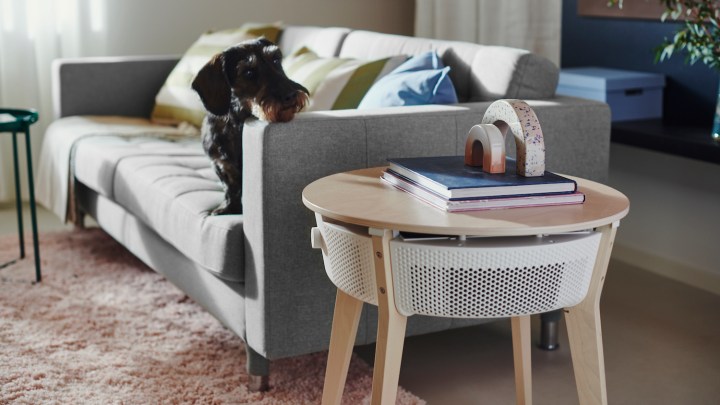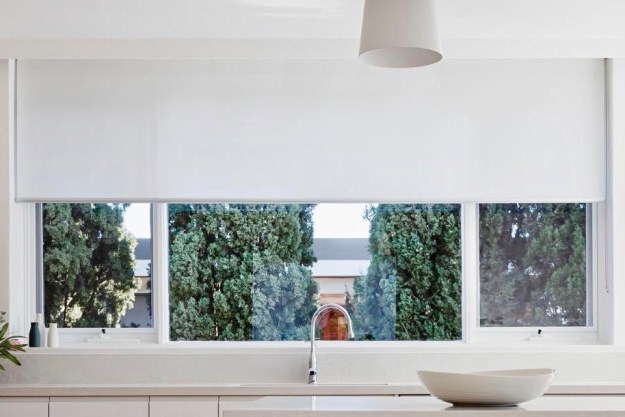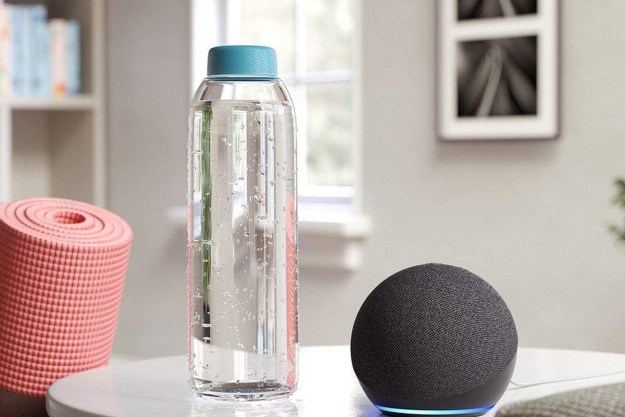Air purifiers are able to remove dust and allergens from the home, so long as they’re well-maintained — the key here is making sure the filters are doing their job. We’re going to help you keep them in good working order with tips on replacing filters when necessary.
How long do filters last in air purifiers?

The life of a filter will depend on its type and the quality of the air it’s purifying. To give your filter a longer life, look for air purifiers that have a pre-filter. This element can catch larger particles before they even get to your filter, but they will likely need more routine cleaning.
You should replace fiberglass filters every month. They’re a low cost option, but you pay with the need to swap them out regularly. Pleated polyester filters last just about as long and are a bit more expensive than fiberglass — though they’re better at catching particles. HEPA filters can last six months or so, while some people like to replace theirs every one to three months. Activated carbon filters can last between three to six months. Electrostatic air filters can last for years. Again, these estimates will vary by air purifier model and the conditions of your home.
How often should I replace my air purifier filter?
There will be a few signs to help you determine precisely when it’s time to replace an air purifier filter.
A change in color is not necessarily an indicator of replacement need. HEPA filters might look dark after being active for only a short time, but they’re still working just fine. So long as you have continual airflow, the filter is doing its job. That said, reduced airflow and higher power bills can be indications that your purifier is working hard and being blocked by a clogged filter. If you want to get really technical about monitoring this, you can use an anemometer to routinely check the airflow of your purifier.
A clear indication that a filter has become overwhelmed is if dust and particles are seen around the air purifier’s vent. These can be especially visible if you drape a white sheet over the purifier and let it run for an hour.
The main challenge with clogged filters is slow air flow. As particles accumulate, it’s harder for air to get through, which can lead to increased purifier and electricity usage. This can also put a strain on the machine, depending on how badly the filter needs replacing.
Can you wash and reuse air purifier filters?
You can only wash and reuse some air purifier filters; assume a filter cannot be washed unless it says explicitly on the label that you can. Rinsing a non-washable filter can ruin it, so at most, use a vacuum to remove residue from a filter that you’re unsure about. Keep in mind that HEPA filters — the most common for air purifiers — trap particles throughout its fabric, not just on the surface. Simply giving it a wipe on the top layer won’t remove everything caught by the filter, and at worst, doing so will dislodge captured particles and emit them into the airstream.
Given the option, washable filters are an environmentally friendly choice that avoid the need to throw out old filters. Just make sure the manufacturer vouches for their washability before you go putting your filter under running water.
Do air purifiers need their filters replaced?
Yes, filters need to be replaced in air purifiers; how long it takes to replace them depends on usage, size, and environment. Carbon filters will tend to last the longest, followed by HEPA filters.
Smart air purifiers can be a great addition to any home, and there’s more to getting the most out of them than just swapping the filters.
Editors' Recommendations
- How to save Ring Doorbell video without a subscription
- Best air purifier deals: Save big on Dyson, Shark, TCL and more
- How to use the Google Home app on a computer
- What is IFTTT and how can you use it in your smart home?
- Mila reveals a sleek new humidifier/air purifier combo at CES 2024




